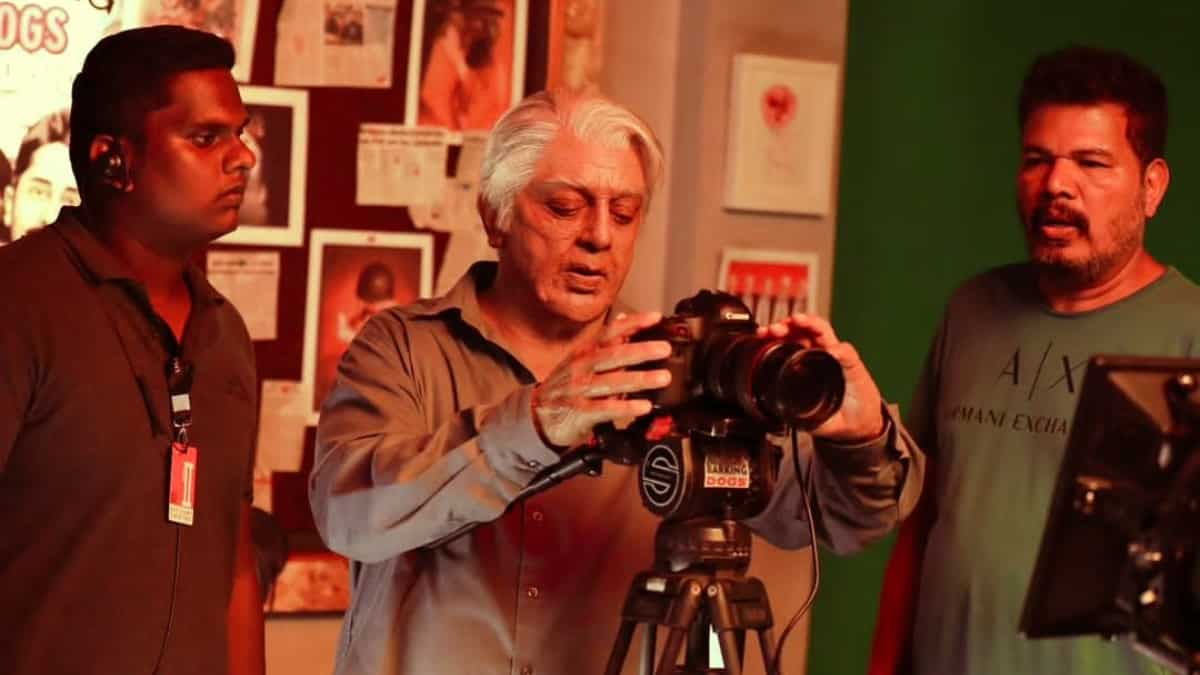
Life after 40? A heatwave guide
1 month ago | 28 Views
Bengaluru is in the midst of a brutal summer.
Temperatures in April ranged between 35 and 38 degrees Celsius (consistently above the average of 34 degrees Celsius for this month). There were frequent power cuts, and the water crisis that made national news in March continued.
It wasn’t like this even 30 years ago, says Lakshman K, 65, a caretaker at the offices of the community arts and science space Bangalore Creative Circus. “Back in… the ’80s and ’90s, the mornings used to be very cold, enough to make one shiver. Now it’s become so hot that it’s even difficult to stand under the shade of a tree.”
Lakshman is speaking in a video that forms part of the Bangalore Heatwave Guide Project, which aims to understand the effects of heat on the people of the city and its systems.
Initiated by Manan Bhan, 31, a social ecologist and fellow at the Ashoka Trust for Research in Ecology and the Environment (ATREE), and Ujjvala Krishna, 26, an architect and now urban fellow at the Indian Institute for Human Settlements, in 2022, the project focuses on Marappanapalya, then a single ward in North Bengaluru. (The boundaries have since been changed in a delimitation exercise.)
“We wanted to look at how big systems that exist in a typical ward in an Indian city interact with heat stress, and how it impacts the lives of people living and working in a specific area,” says Bhan.
Marappanapalya is a rapidly gentrifying industrial zone, home to a sprawling wholesale produce market (the city’s Agricultural Produce & Livestock Market Committee or APMC mandi), low- and middle-income housing, and now, modern apartment complexes.
It’s where the Bangalore Creative Circus (BCC), the 20,000-sq-ft urban-living lab, is located. Ajay Raghavan, co-founder of BCC and of the NGO Initiative for Climate Action, is also a collaborator on the project.
Taking cover
When examining the impact of rising temperatures, the Bangalore Heatwave Project starts by mapping the region in steps. First there are the large systems: water and energy supply, built environments, health, waste management, and mobility. Second, the stakeholders: residents, shopkeepers, labourers. Third, the spatial data. This layer is centred on details about tree cover and heat incidence, using data and imagery drawn from open-source satellite surveys.
“When you layer these on top of each other, some interesting co-relations and anomalies emerge,” says Krishna.
In areas such as the APMC, which is surrounded by buildings and has low tree cover, for instance, temperatures are higher than the average of the ward. Higher-income neighbourhoods tend to be cooler, with buildings interspersed with trees.
The project takes note of new heat-tackling infrastructure.
An oral rehydration solution counter was installed at the ward’s public health centre (PHC) in 2023, offering ORS on prescription. The PHC has reported increased an incidence of skin allergies and rashes, and linked these with rising heat waves.
“Across the ward, people seem to have an innate understating of how the urban heat island effect is taking shape,” says Bhan. Images of this effect match the public perception: vehicles idling at a fuel station turn a thermal image red, even when the areas around it are a cool blue.
“The problem is they don’t grow enough plants and trees. In towns, in order to build one building, they cut down ten trees. But if they grew trees, then we’d have a better environment,” a daily wage earner says, in a video.
Inspired by cli-fi
In the third phase of the project, Bhan and Krishna have designed a climate vulnerability walk, targeted for now at designers, architects, academics and civil society representatives.
On this walk, they visit the PHC for instance, and discuss why heat is still not a notified disaster in India, though it has claimed an estimated 24,000 lives since 1992.
“We came up with the walk to sensitise citizens about local climate vulnerabilities, and get them to think about the interconnectedness of urban systems at the local levels,” says Krishna.
Climate projections often measure change and impact for a city, state, country or the world, Bhan adds. “It is very rarely downscaled to the ward level. We wanted to see what the systemic effects of a climate hazard like heat are on a locality, and on the people who live and work there.”
It was Kim Stanley Robinson’s The Ministry for the Future (2020), a climate-fiction novel, that set Bhan on this path. In the imagined world of the novel, heat is killing thousands, until extreme measures are taken. Oil executives are executed. Eco-terror attacks halt air travel. The Arctic Ocean is dyed yellow, so that it absorbs less heat than dark seawater.
In the real world, Bhan says, heat is not seen as an immediate danger in the same way as a flood or an earthquake. “In cities such as Bengaluru, where the summer lasts three or four months, the institutional memory of it is fast lost.”
This just makes it a silent, invisible hazard, Krishna adds.
What they would like to see, to start with, is India’s Heat Action Plans (HAPs) customised, down to the ward level.
“There is a consciousness and a capacity for action that is developing. Efforts are being made to work on mitigation,” Bhan says. “But the usual methods of coping with rising heat, such as shorter work timings and working indoors, would not really be possible for large parts of the working population that we have. And this is a deep concern.”
Read Also: viral phenomenon: a wknd interview with former who chief scientist dr soumya swaminathan

















